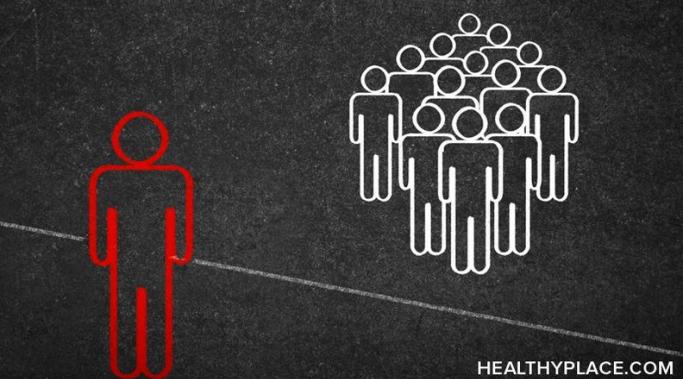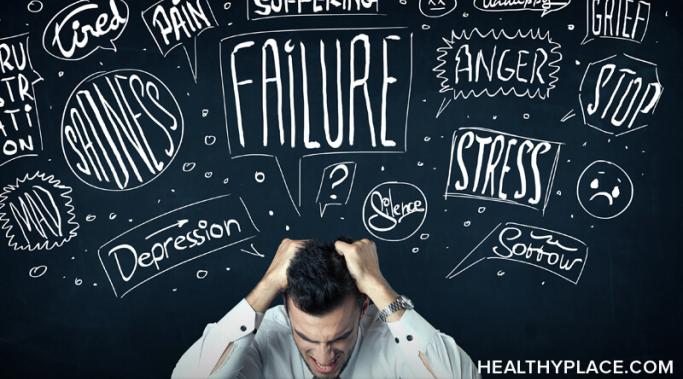Whether you've slowed down due to the pandemic or thrown yourself into the sea of new responsibilities, you might feel emotionally exhausted as a result. This is completely normal, though it might become an obstacle on your road to self-harm recovery. Burnout could easily become a trigger and exacerbate self-harm urges, so it's important to recognize the signs and take action before it's too late.
Mental Health Issues
May is Mental Health Awareness Month, and we've almost reached the end of it. Each year, I see more and more people opening up about their struggles, encouraged by themed conversations on social media and beyond. However, I feel self-injury is particularly difficult to talk about publicly, so self-harm stigma is still going strong. Why are people so afraid of self-harm?
Most people associate self-harm with self-imposed physical injuries that can be seen on the surface of one's skin. However, self-injury can come in many other forms and include behaviors that are much more complex. For instance, some people may use binge eating as self-harm, or they may struggle with an eating disorder like anorexia or bulimia that fuels their self-injury.
As a self-harmer, you can easily become convinced that choosing to hurt yourself, rather than others, is the right thing to do. But if there's one thing I learned from my own self-harm experiences, it's that hurting yourself to help others rarely works out the way you hope it will.
Narcissism and self-harm may not seem like an obvious pair. After all, most narcissists think extremely highly of themselves, so engaging in self-injurious behaviors might seem like a counter-intuitive action. However, there is a form of narcissism where self-harm is more prominent, and some might even use it to manipulate their victim.
Self-harm causes are hard to define. After all, each person is unique, and so is their emotional pain. However, the way we cope with difficult situations as adults often corresponds to our childhood experiences. Learning about the so-called early maladaptive schemas could help us address some of the unresolved issues that drive us toward self-injury.
When we speak of self-injury, most people associate the term with inflicting physical wounds on oneself. However, self-harm goes beyond the surface of our skins, and it's more common than we might realize. Whenever we engage in negative self-talk or unconsciously set ourselves up for failure, these are signs of psychological self-harm. Here's how to recognize it.
It can be frustrating, even frightening, to feel as if your thoughts are not entirely your own—to suddenly have a distressing idea or an image flash through your mind against your will. But what is the connection between self-harm and intrusive thoughts, and how can you break the vicious cycle they create?
One of the most vital components of recovering from self-injury is learning to manage the urges that drive you to hurt yourself. Rarely is this as simple as relying on willpower alone to tell yourself "no." Enter self-harm urge surfing: a potential recovery tool that requires patience, rather than power, to use.
Despite a seemingly simple definition, it can be difficult sometimes to draw the line between what does and does not qualify as a self-harm disorder. Excoriation, for example, involves purposely and repeatedly harming your own skin—but is skin picking really self-harm?









